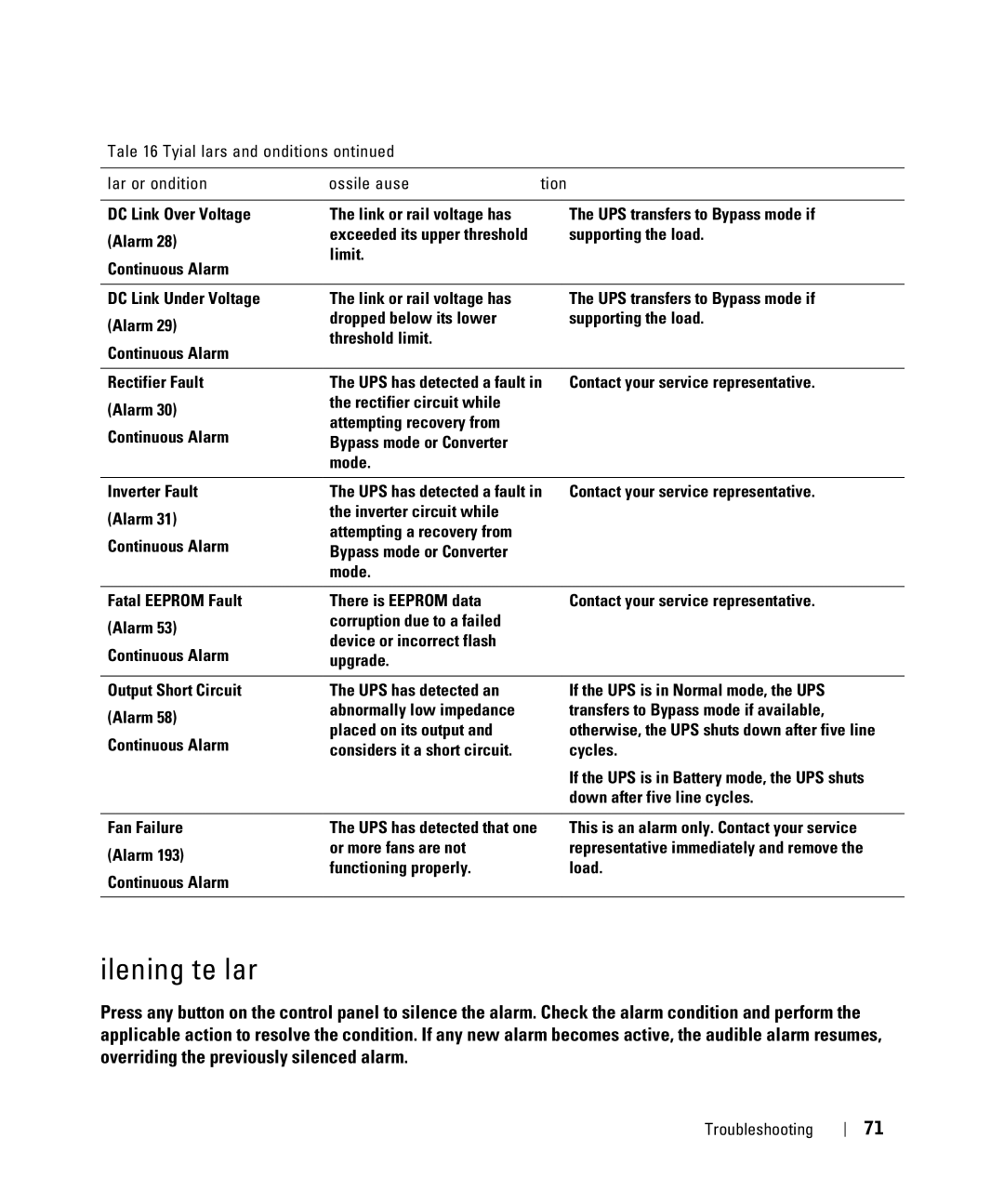
Table 16. Typical Alarms and Conditions (continued)
Alarm or Condition | Possible Cause | Action |
|
|
|
DC Link Over Voltage | The link or rail voltage has | The UPS transfers to Bypass mode if |
(Alarm 28) | exceeded its upper threshold | supporting the load. |
limit. |
| |
Continuous Alarm |
| |
|
| |
|
|
|
DC Link Under Voltage | The link or rail voltage has | The UPS transfers to Bypass mode if |
(Alarm 29) | dropped below its lower | supporting the load. |
threshold limit. |
| |
Continuous Alarm |
| |
|
| |
|
|
|
Rectifier Fault | The UPS has detected a fault in | Contact your service representative. |
(Alarm 30) | the rectifier circuit while |
|
attempting recovery from |
| |
Continuous Alarm |
| |
Bypass mode or Converter |
| |
|
| |
| mode. |
|
Inverter Fault (Alarm 31) Continuous Alarm
The UPS has detected a fault in Contact your service representative. the inverter circuit while
attempting a recovery from Bypass mode or Converter mode.
Fatal EEPROM Fault | There is EEPROM data | Contact your service representative. | |
(Alarm 53) | corruption due to a failed |
| |
device or incorrect flash |
| ||
Continuous Alarm |
| ||
upgrade. |
| ||
|
| ||
|
|
| |
Output Short Circuit | The UPS has detected an | If the UPS is in Normal mode, the UPS | |
(Alarm 58) | abnormally low impedance | transfers to Bypass mode if available, | |
placed on its output and | otherwise, the UPS shuts down after five line | ||
Continuous Alarm | |||
considers it a short circuit. | cycles. | ||
| |||
|
| If the UPS is in Battery mode, the UPS shuts | |
|
| down after five line cycles. |
Fan Failure (Alarm 193) Continuous Alarm
The UPS has detected that one or more fans are not functioning properly.
This is an alarm only. Contact your service representative immediately and remove the load.
Silencing the Alarm
Press any button on the control panel to silence the alarm. Check the alarm condition and perform the applicable action to resolve the condition. If any new alarm becomes active, the audible alarm resumes, overriding the previously silenced alarm.
